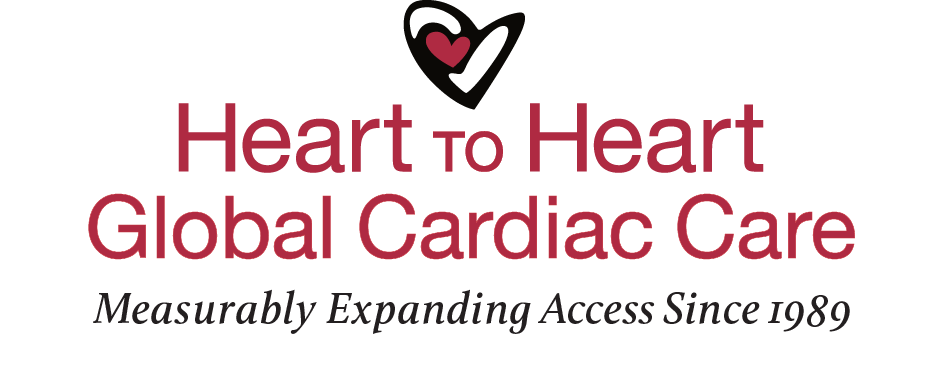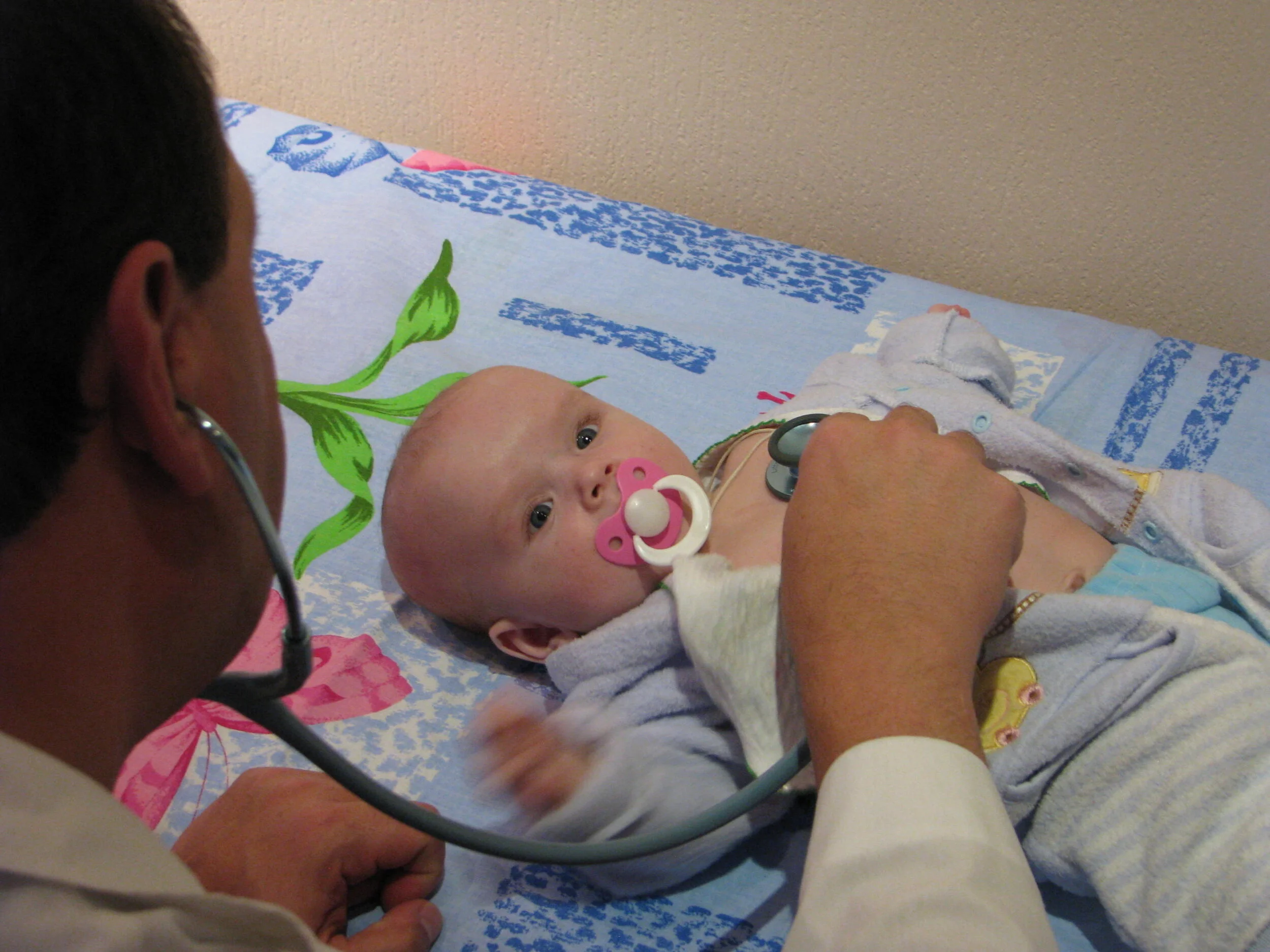
Heart to Heart's Seventh & Final Team Mission to Tomsk, Siberia
After seven years of educational collaboration between Heart to Heart and the Tomsk Cardiology Institute, our children’s heart program in Tomsk has achieved self-sustainability right on schedule. The Tomsk Pediatric Heart Center at the Tomsk Cardiology Institute can treat any child born with a heart defect, with excellent surgical results.
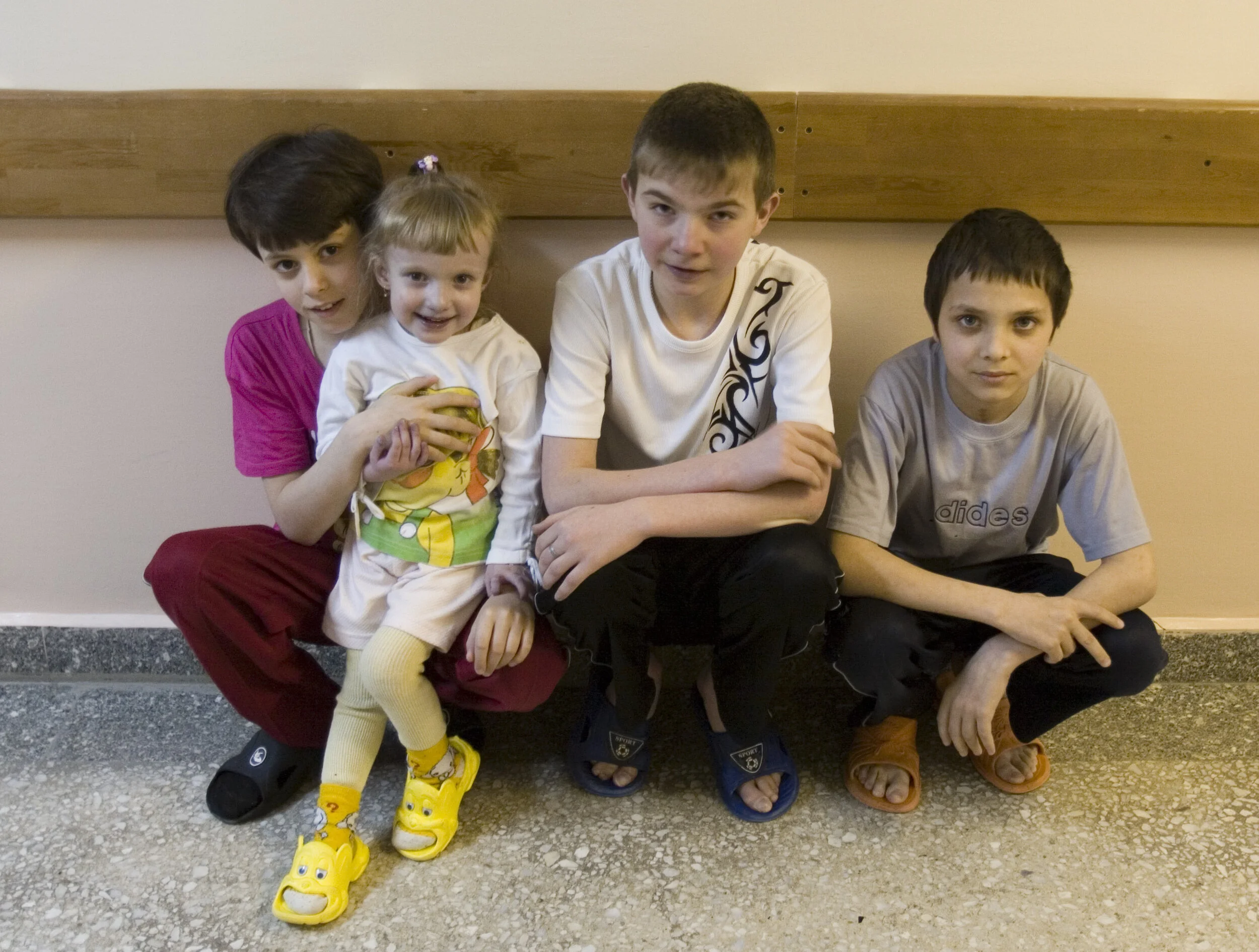
Heart to Heart's Criteria for Self-Sustainability
Heart to Heart’s program model is designed to guide an emerging team to: 1) Reach an annual volume ≥ 250 pediatric open heart cases with excellent results; 2) Master the surgical repair of all congenital heart defects; 3) Provide timely treatment to all children, including newborns.
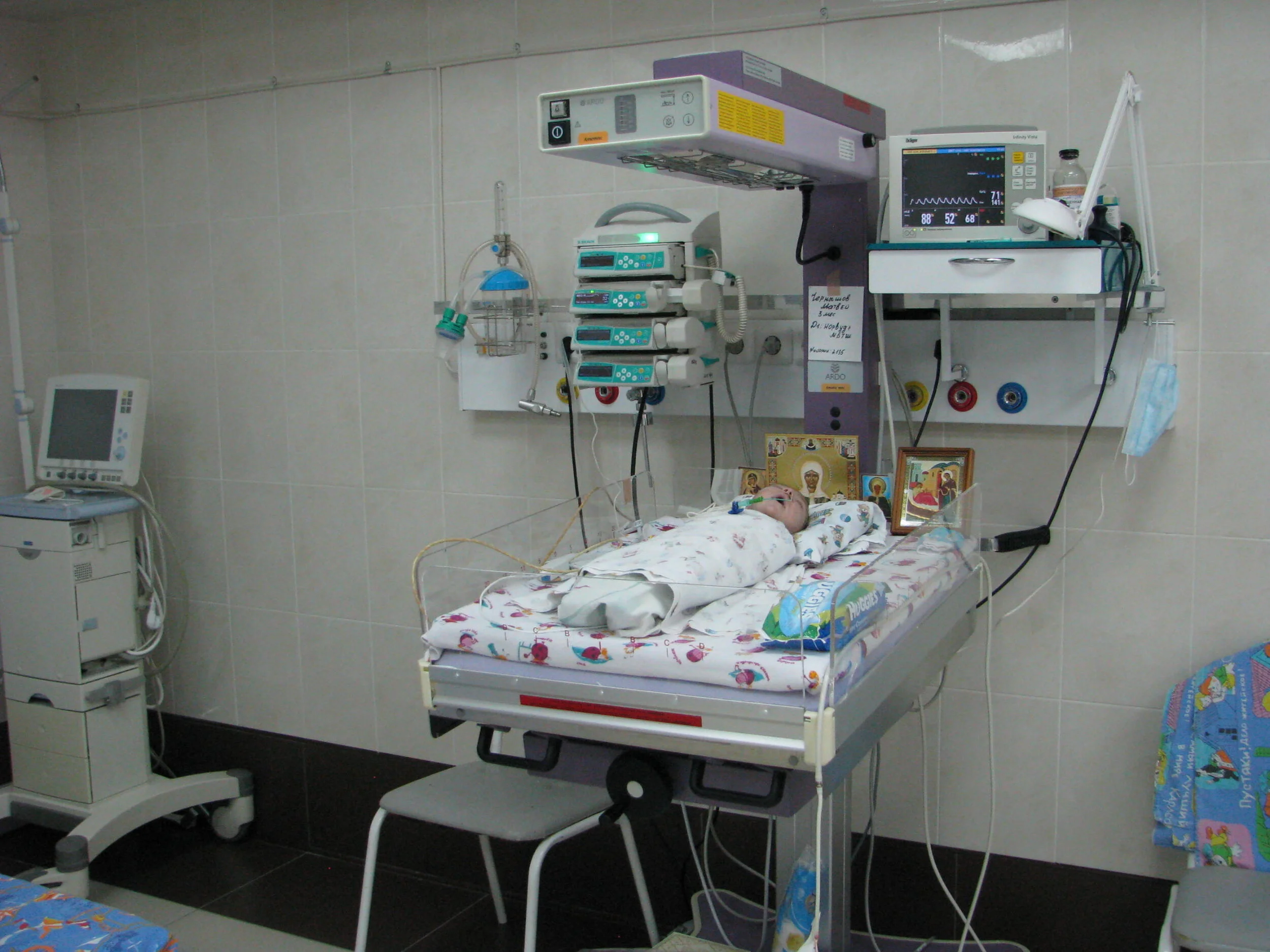
Program Component #1: Data collection & analysis
The success of any pediatric cardiac program is measured by its surgical outcomes. In Tomsk, we introduced a universal standard for collecting and analyzing patient data. Then we role-modelled how to use these data for programmatic self-evaluation. The Tomsk team readily embraced this best practice, benefitting thousands of children.
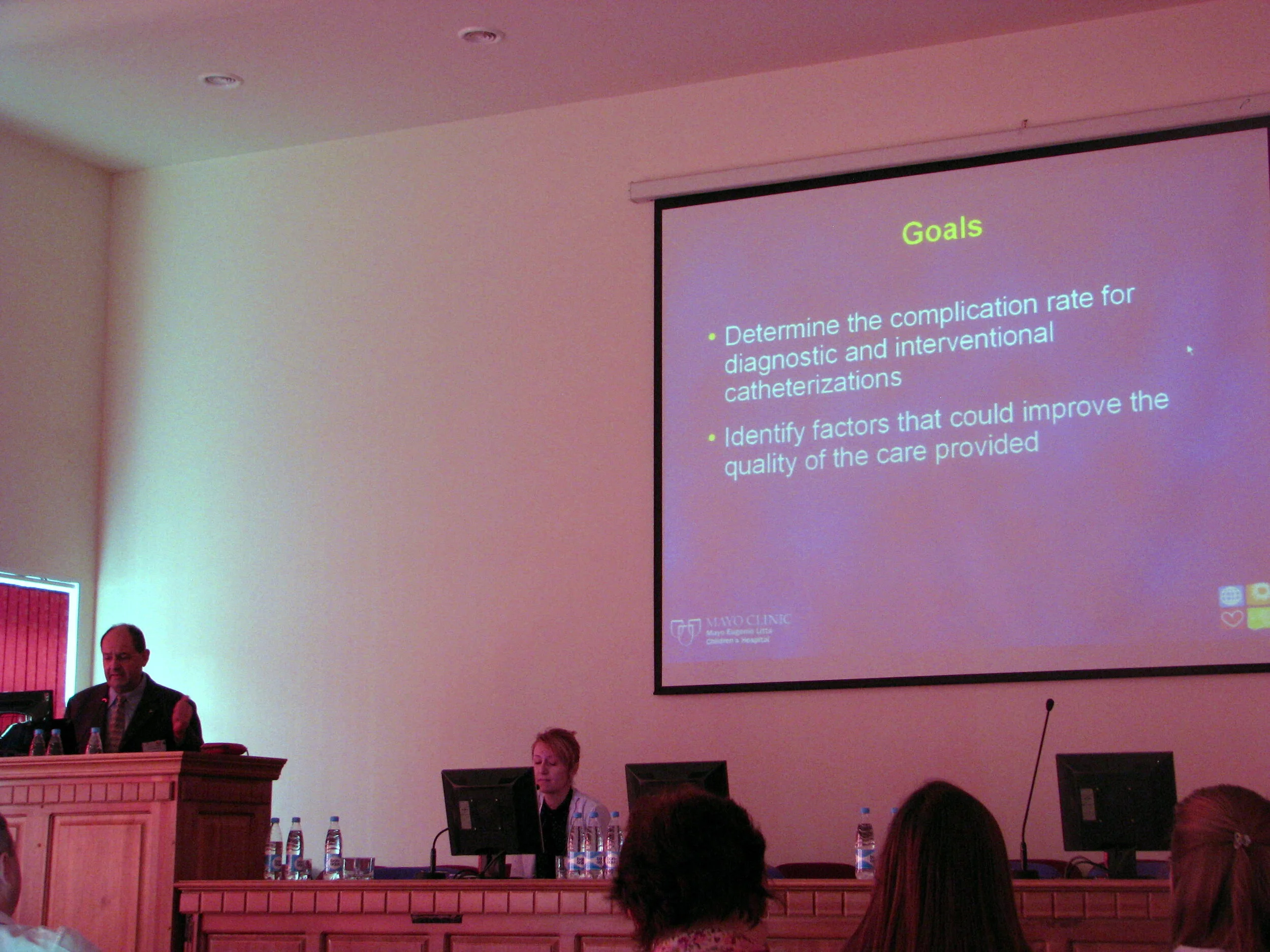
Program Component #2: Strategic guidance & leadership development
Throughout the collaboration, members of Heart to Heart’s Medical Advisory Council routinely reviewed the Tomsk team’s surgical outcomes – for individual patients and for the annual case mix. These analyses enabled Heart to Heart to provide valuable feedback on programmatic and clinical next steps.
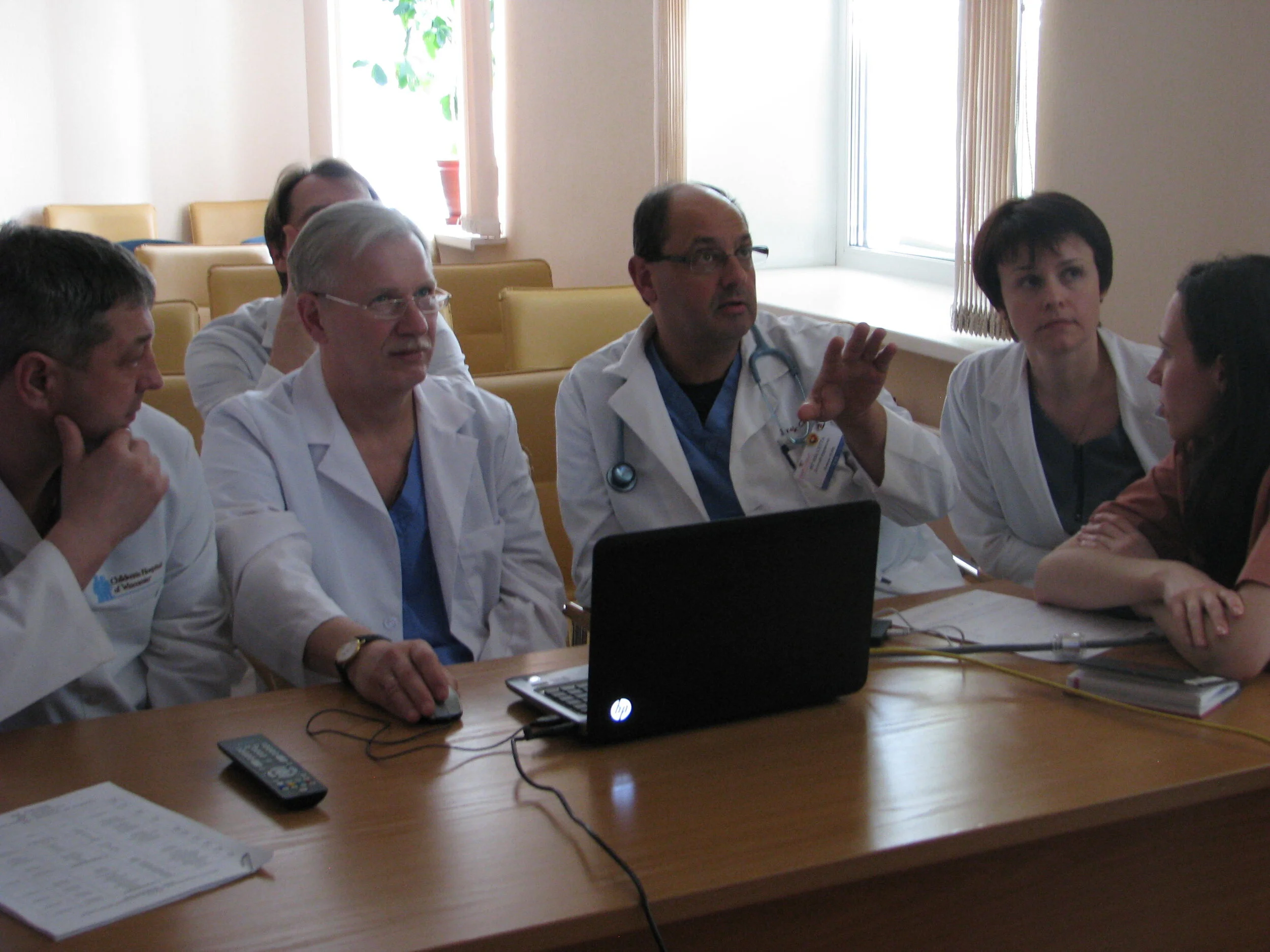
Leadership, Teamwork, and Systems Development
Developing and implementing systems in Tomsk to support a highly functional infrastructure was key to progress toward self-sustainability. Heart to Heart role-modelled and emphasized the value of systems and teamwork. We mentored department heads and introduced best practices in presentations designed for all team members.

Program Component #3: Annual surgical-educational missions
For nearly two weeks each year in Tomsk, a Heart to Heart team worked side-by-side with Russian physicians to diagnose, perform open heart surgery, and provide post-operative intensive care. Following six surgical-educational missions, our seventh (final) mission was dedicated to advanced medical topics, including newborn management and nurse training.
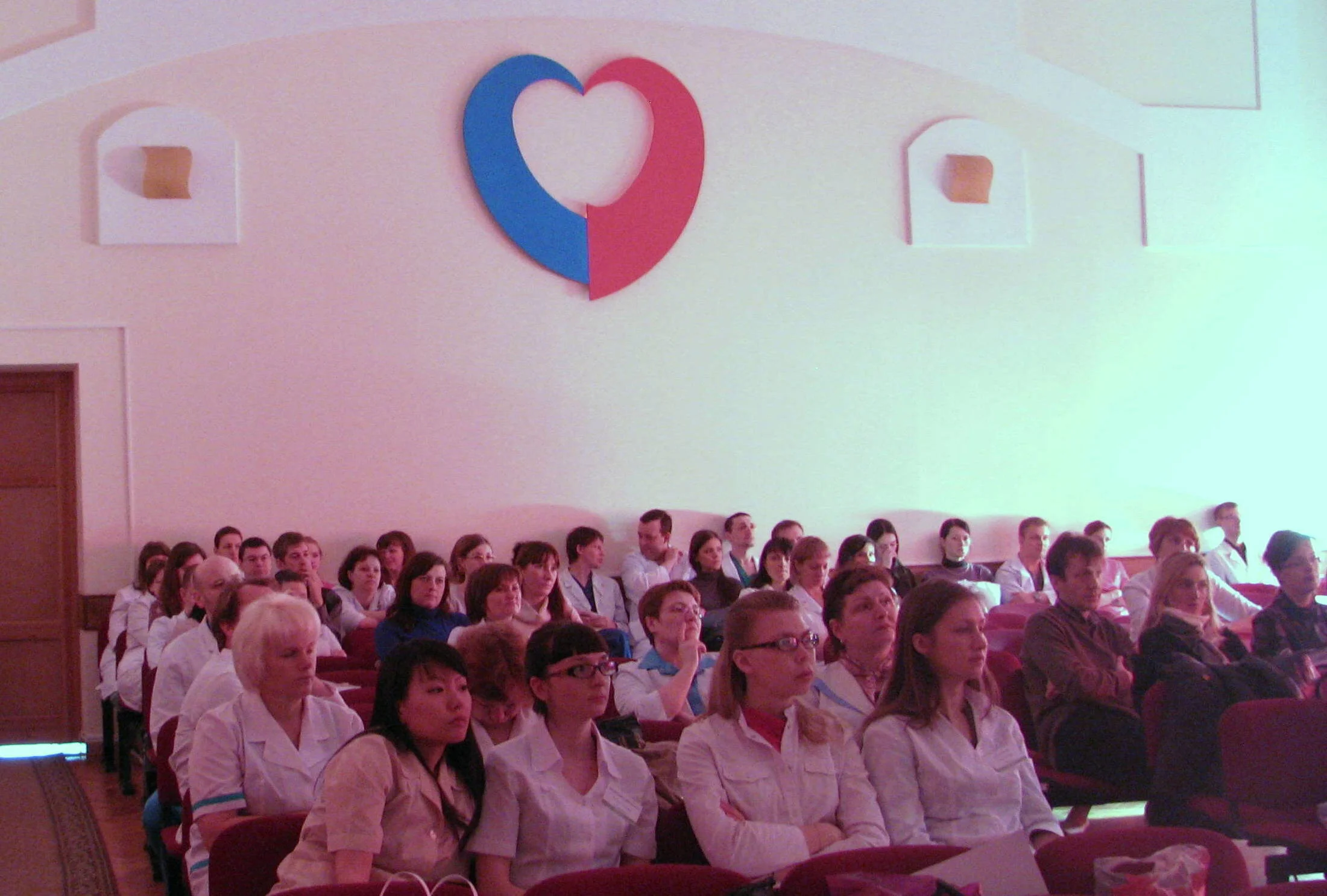
Our two-pronged approach: Teaching + training in Tomsk
Our teaching involved a progressive overview of pediatric cardiac medicine in classroom settings, where learners benefitted from presentations tailored for their team. Our training was primarily hands-on, allowing each learner to apply new knowledge under the supervision of one of our highly-experienced specialists.
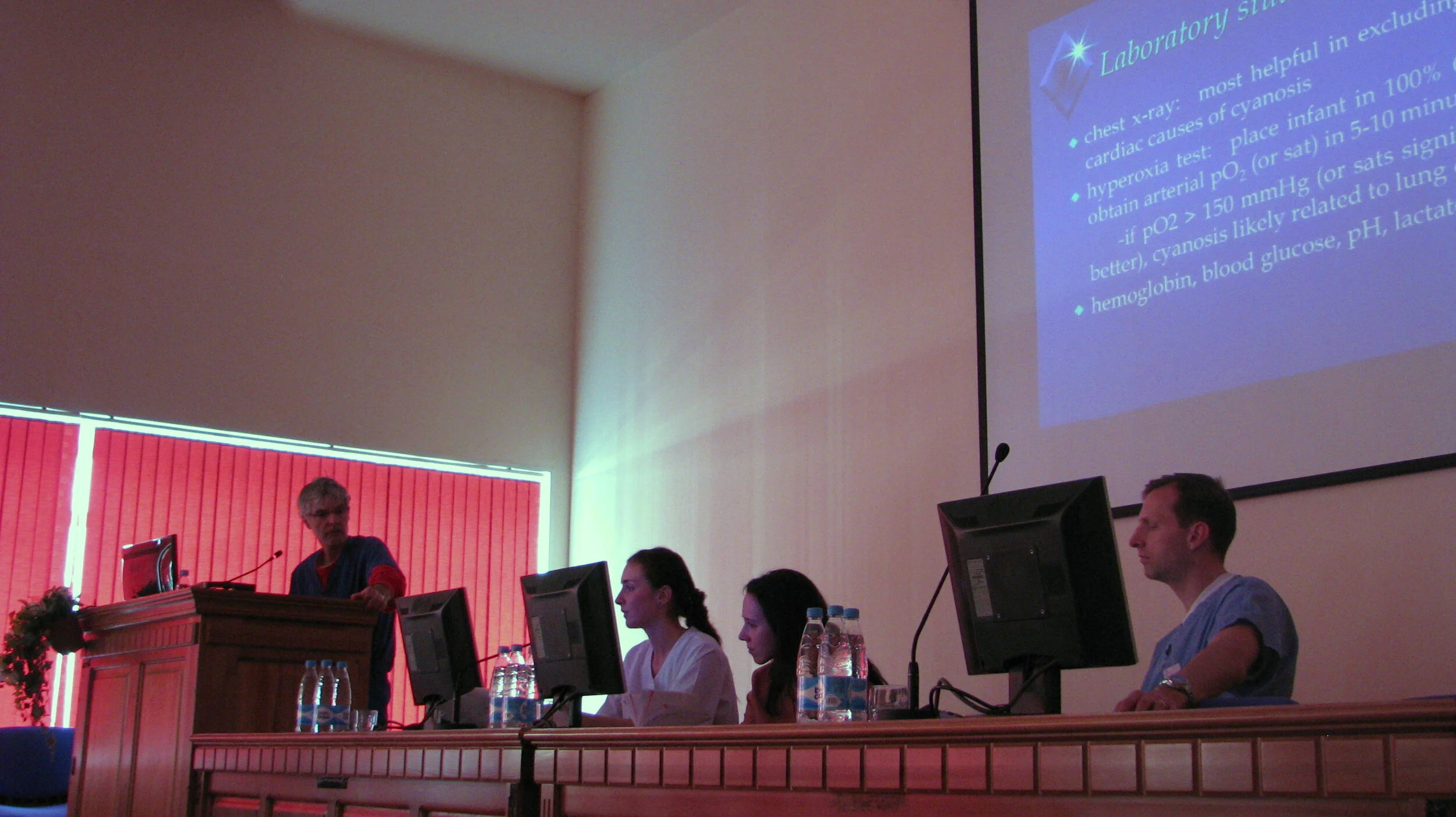
Teaching pediatric cardiac medicine: Data and knowledge
In the course of the collaboration, Heart to Heart provided more than 200 teaching hours to the Tomsk team. Heart to Heart used several teaching and training formats: our volunteers held daily case conferences; provided customized lectures and workshops; presented data reviews; and led Morbidity & Mortality conferences.

Training: Applying new knowledge in daily practice
While caring for patients side-by-side with our Tomsk colleagues, we utilized three optimum settings for hands-on experiential learning: the examining room, the operating theater, and the intensive care unit. In the course of the collaboration, the Heart to Heart-Tomsk team jointly performed a total of 780 diagnostic, surgical, and post-operative procedures.
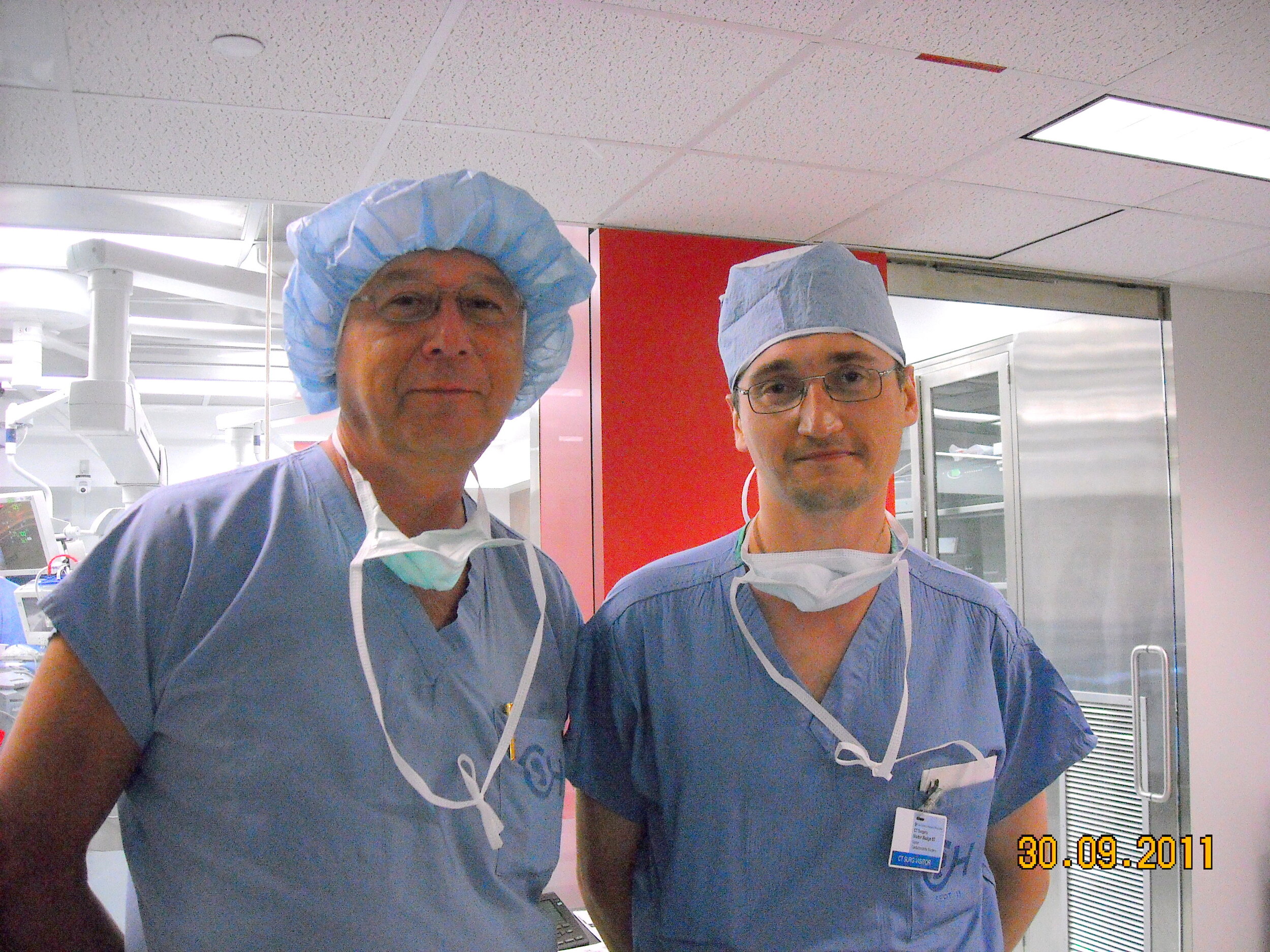
Program Component #4: Scholar exchange & continuing education
During the collaboration, five colleagues from Tomsk travelled to leading centers in the U.S. They job-shadowed their Heart to Heart colleagues, observed U.S. best practices, and discussed concrete ways of introducing new ideas at their home institution. (Above: Tomsk surgeon Dr. Andrei Podoksenov in Philadelphia with world-renowned pediatric cardiac surgeon Dr. Tom Spray)

Evgeniy Krivoschekov, chief pediatric cardiac surgeon
Dr. Krivoschekov, the leader of Tomsk’s pediatric cardiac team, benefitted from a total of 6 months of patient-centered experiential learning through Heart to Heart. In the U.S., he spent 9 weeks at Children’s Hospital of Wisconsin, Mayo Clinic, and UC San Francisco. In Russia, he spent 13 weeks with Heart to Heart in Tomsk, plus 3 weeks at our sites in St. Petersburg and Samara.

2012 Mission highlights: Advanced medical education
In the last year of our collaboration, the Tomsk team’s department heads requested an emphasis on advanced medical education (rather than surgical and clinical skills training). To honor their request, Heart to Heart customized 9 lectures and provided a tailored course in Pediatric Advanced Life Support (PALS) to an audience of over 40 specialists.

Training course in Pediatric Advanced Life Support (PALS)
Veteran Heart to Heart nurses Brenda Jarvis and Lisa Poppell led two PALS courses based on the American Heart Association training program. More than 40 nurses and doctors attended the training. Each person attended two 3-hour lectures followed by break-out sessions for hands-on training in small groups.
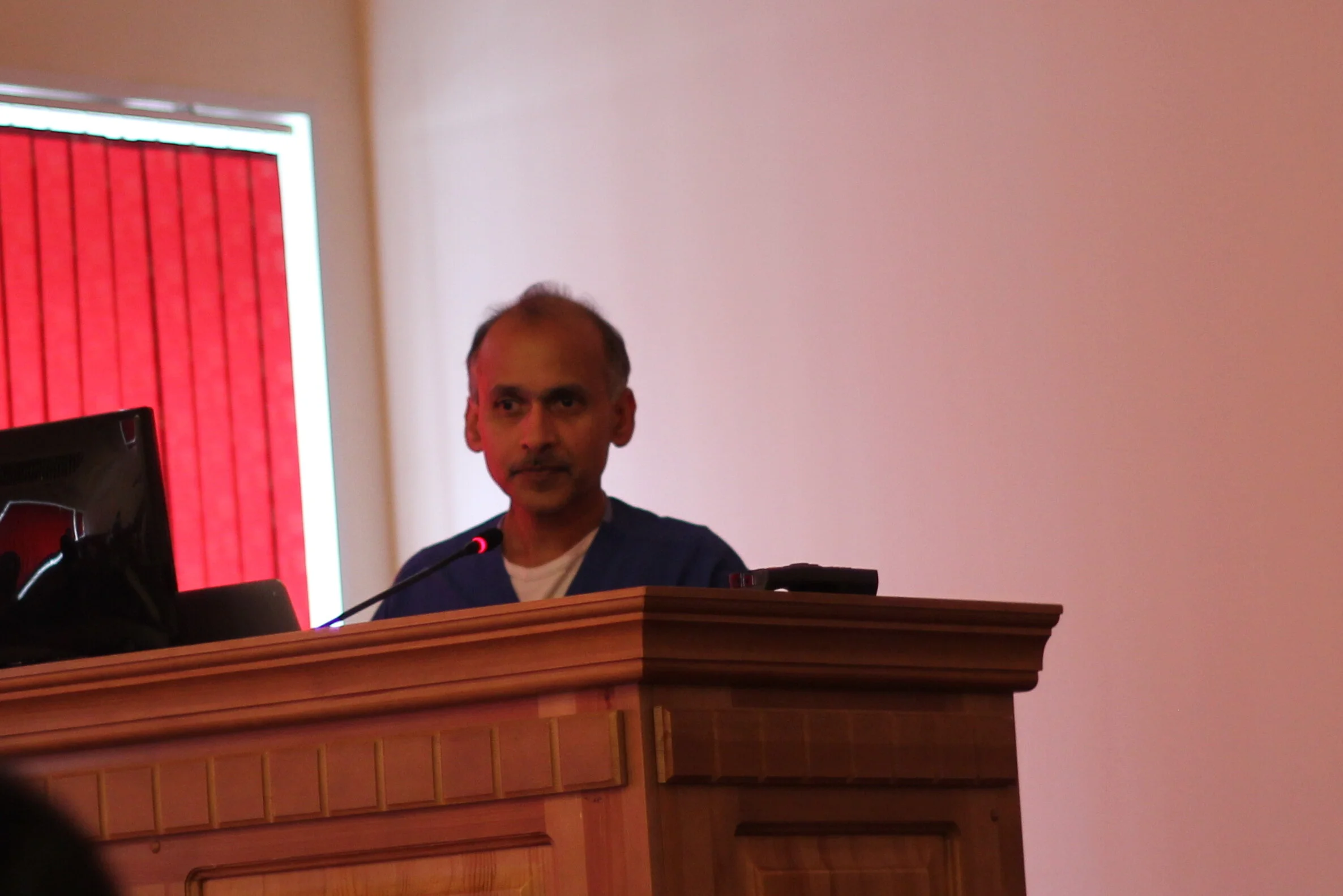
Newborn management: Caring for our most delicate patients
Internationally known neonatologist Dr. G. Ganesh Konduri, the only newcomer on this year’s team, led our educational focus on newborns. His topics included: pre-operative management, fluid and electrolyte monitoring, thermal regulation. Other lecturers presented on: cardiac emergencies, congestive heart failure, team-building and quality assurance in the cath lab.
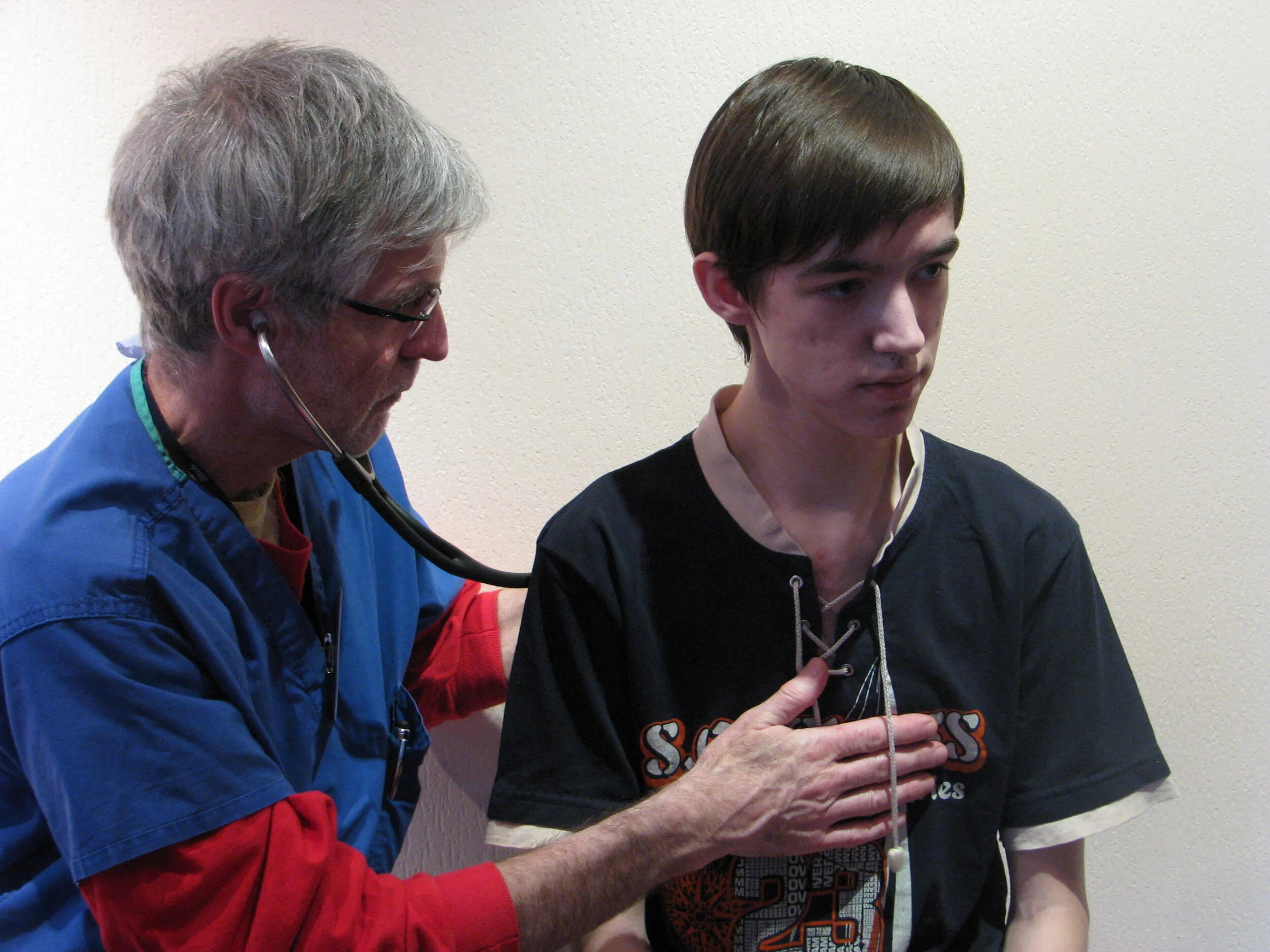
Role-modelling best practices: Patient follow up
We first met Roman R. in April 2010, when the joint Heart to Heart-Tomsk team performed his second open heart surgery. The accepted best practice at U.S. heart centers is for follow-up examinations to be provided by the same cardiologists who initially diagnosed the child. Here, Dr. Stu Berger conducts Roman’s annual follow-up exam and recommends next steps.
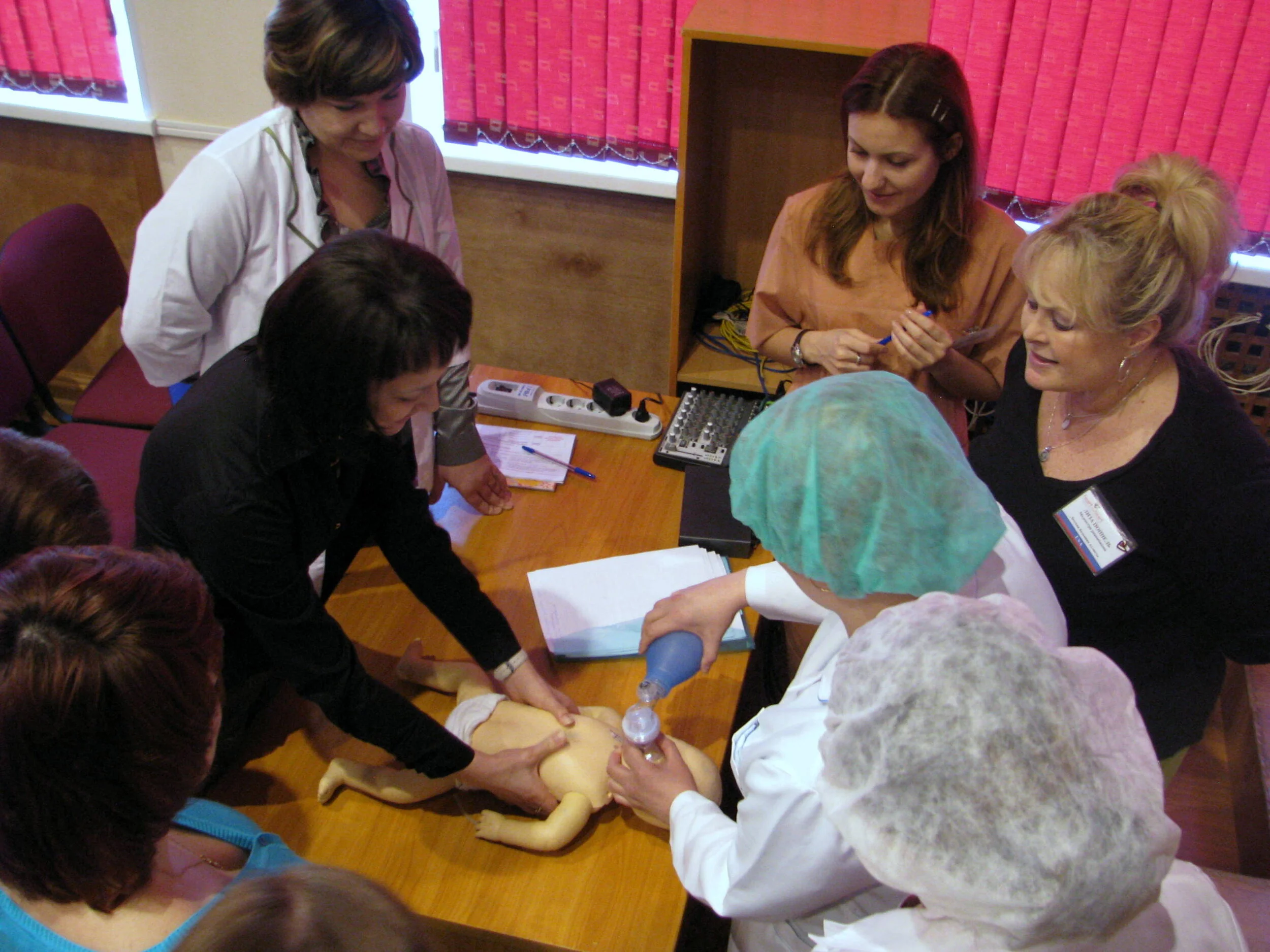
Nurse training in Tomsk
Lisa Poppell RN led a PALS break-out session guiding Tomsk pediatric cardiac nurses through the management of crisis scenarios. Between 2006 and 2012, Nurse Poppell and three other pediatric intensive care nurses collectively travelled to Siberia 17 times on Heart to Heart missions to care for children post-operatively and to train Russian nurses.

The right procedure for the right child at the right time
During our seven-year collaboration, 1,775 children were saved in Tomsk. Moving forward, 500 children will have the benefit of modern heart care at this Heart to Heart site each year. In addition to becoming a true center of excellence, the Tomsk Pediatric Heart Center has emerged as a national training site – helping to save children all over Russia.

Congratulations & love to our Tomsk colleagues!
The pediatric cardiac team at the Tomsk Pediatric Heart Center is now able to routinely perform complex procedures on children of all ages, including newborns. Their excellent surgical results are comparable to outcomes at established U.S. centers. Heart to Heart feels privileged to have worked with them – and proud to have them as colleagues. Наши сердечные поздравления!
